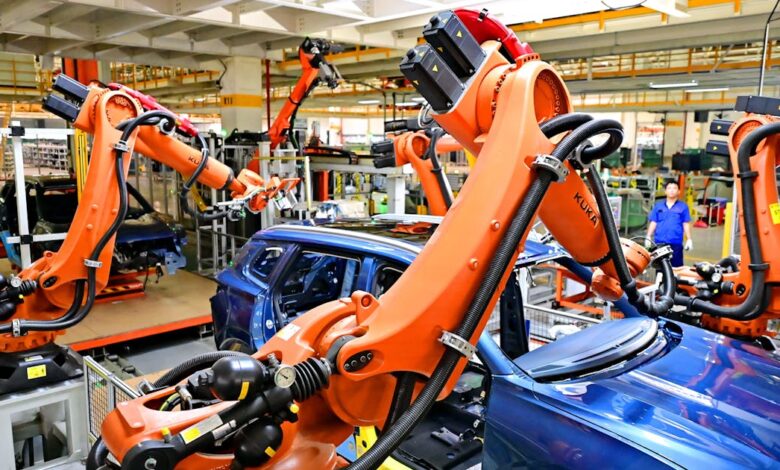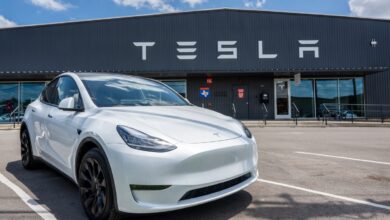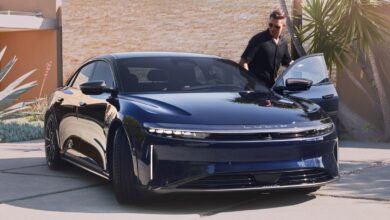A 100 Percent Tariff on Chinese Cars Is a Bad Idea. Here’s a Good One.

The other major question is around how competitive the U.S. electric vehicle sector will be globally. By far the biggest challenges on that front are those facing the “Big Three” legacy U.S. automakers—Ford, General Motors, and Stellantis. Tesla, after all, is still the world’s second-biggest E.V. producer after being recently displaced in the top slot by China’s BYD. While plenty of other firms with plants in the U.S. are having modest success making E.V.s too, Ford, General Motors, and Stellantis—which own Jeep and Chrysler—carry outsize political clout in both Washington and politically important battleground states and have so far struggled to keep up. They also whinge a lot about electrification and have spent a lot of time and money lobbying to water down fuel efficiency rules that would compel them to invest more in E.V.s. While it seems clear that some amount of insulation from foreign competition is necessary to incentivize the Big Three to scale up electrification efforts, the danger in that strategy is that it will enable them to continue doubling down on the bad habits that put them in this position in the first place.
For the last several decades, U.S. policies have encouraged the Big Three, especially, to hyperfocus on hulking trucks and SUVs that are now their biggest moneymakers. As I’ve written before, such cars have long been subject to less stringent fuel efficiency rules. Regulators’ mandate to treat passenger and nonpassenger vehicles differently under the Clean Air Act has meant that automakers can skirt requirements by loading up cars with workhorse features that most drivers won’t use, and even by just making cars bigger. Companies could also charge more for cars advertised as safer for families and gateways to a more rugged, adventurous life. (They have spent their marketing budgets accordingly.) The so-called Chicken Tax—imposed in 1964 as a response to European tariffs on U.S. poultry—levies a 25 percent tax on imported light-duty trucks, including SUVs. So that too has encouraged U.S. carmakers to focus on bigger cars.
That long-running public-private partnership to build big American gas guzzlers is a big part of what landed the Big Three in trouble after the Great Recession. As gas prices climbed in the early 2000s, drivers gravitated away from Hummers and Ford Explorers and toward the smaller, more fuel-efficient vehicles on offer from foreign automakers. In 2008, by contrast, large cars, minivans, trucks, and SUVs accounted for 75 percent of Chrysler sales. The government stepped in and bailed out GM and Chrysler for $80 billion, rejecting calls to make those funds contingent on automakers’ embracing electrification and fuel efficiency improvement. Once he got into office, Obama took a “hands off” approach to the government’s equity stake in the U.S. auto sector. Rather than orient toward the future, GM and Chrysler eliminated cost of living adjustments, closed down plants and dealerships, and continued with a slimmed-down business as usual. Executives reaped the rewards: CEOs at Big Three companies have gotten a 40 percent pay hike over the last 10 years. The cars they sell, meanwhile, have only gotten bigger. In 2012, 64 percent of new vehicle sales were classified as passenger vehicles, while 34 percent were classified as light trucks. By 2021, those proportions had flipped: Light trucks that year accounted for 63 percent of sales while passenger vehicles accounted for 37 percent of sales. U.S. auto exports have also been trending downward since 2015.



